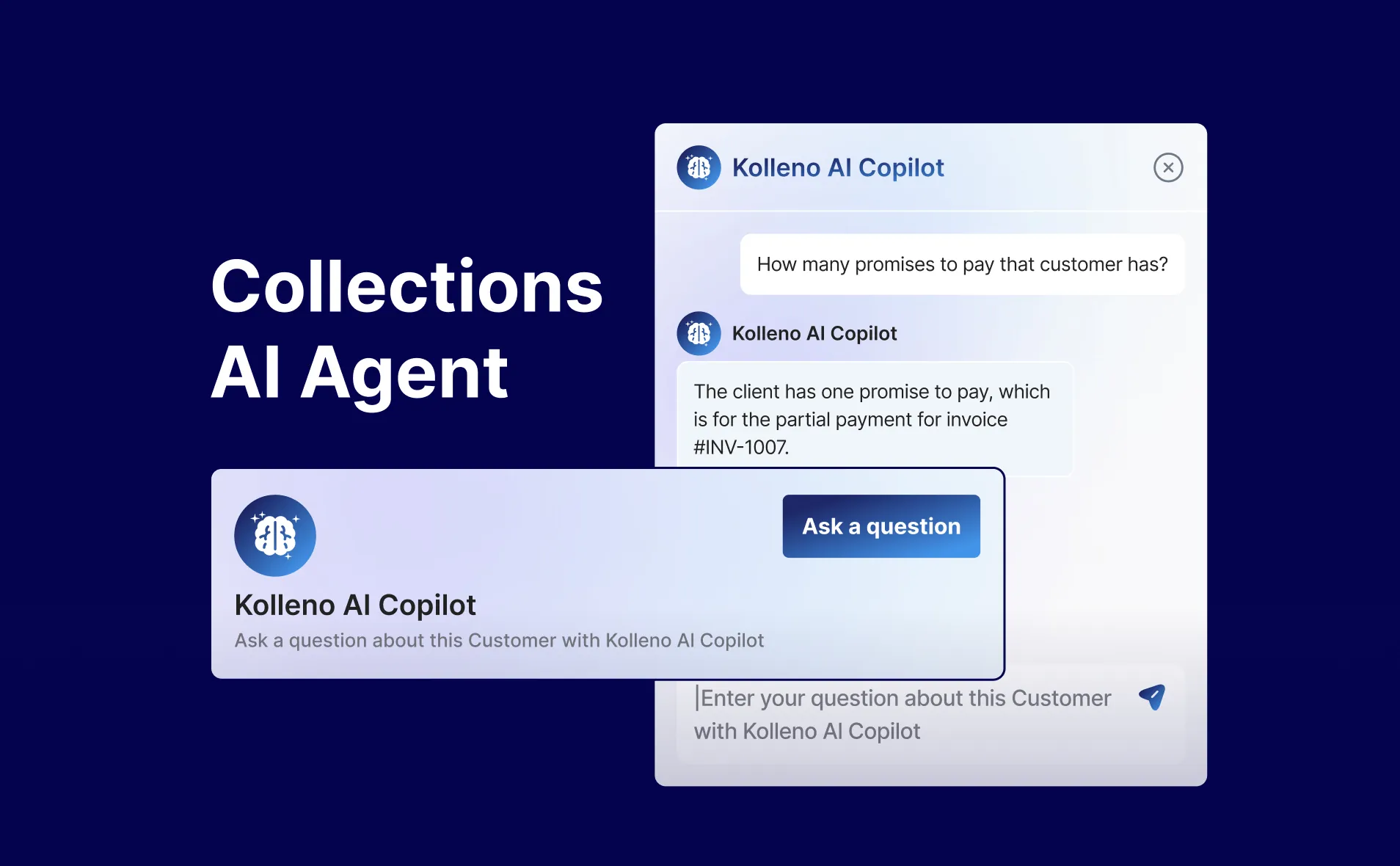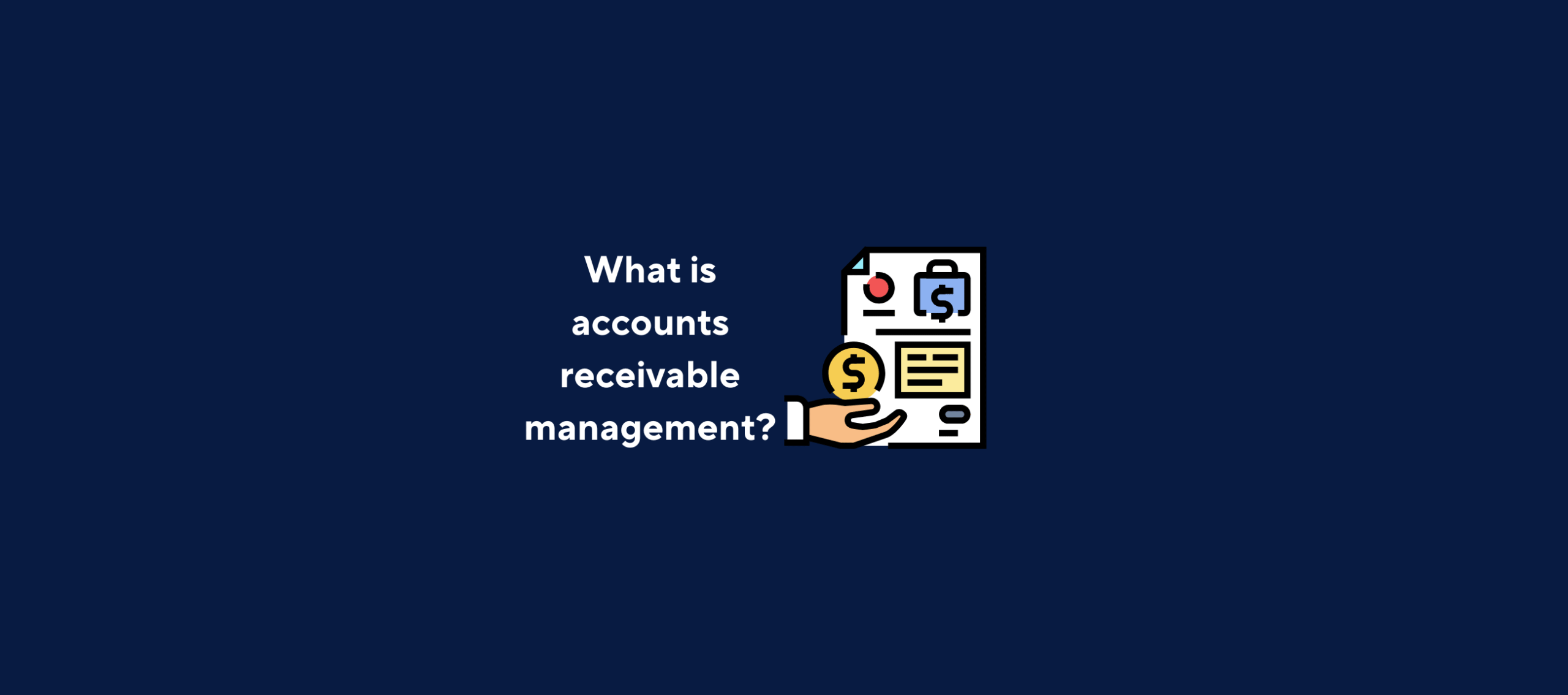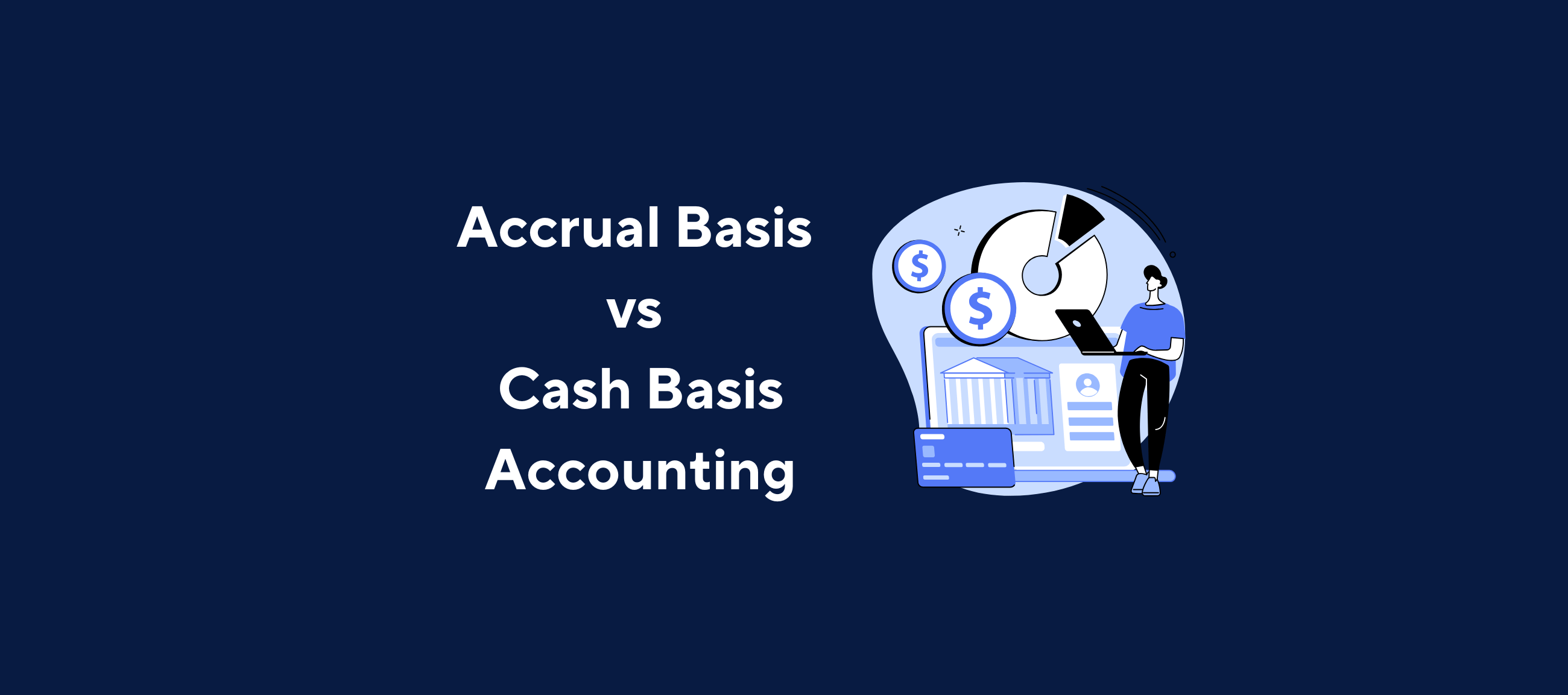Key Points
- The order-to-cash (O2C) cycle is an end-to-end process covering order acceptance, credit management, service delivery, payment collection/payment processing, and process monitoring.
- As companies grow, they face increased risks in areas like customer acquisition, credit management, customer satisfaction, and cash flow, necessitating robust internal procedures.
- While often underestimated, the O2C cycle is crucial for enhancing operational efficiency, improving client relationships, and boosting cash flow performance, ultimately impacting a company’s profitability and reputation.
The order-to-cash (O2C) cycle is crucial for a company’s success and client relationships. It encompasses everything from order placement to payment collection. Optimizing O2C can yield significant company-wide returns, improving cash flow and customer satisfaction.
Modern businesses can streamline their O2C cycle using integrated software-as-a-service (SaaS) solutions. These tools help companies meet customer needs quickly and efficiently, reduce errors and payment delays, and positively impact the bottom line. By automating key business processes, companies can focus on strategic growth rather than manual tasks.
Kolleno, an AI-powered AR Management platform, offers modern software to optimize the accounts receivable process. By centralizing all receivable and payment modules, Kolleno helps businesses manage and improve cash flow more effectively. This comprehensive approach allows companies to track customer payments, automate payment reminders, and gain valuable insights into their financial performance.
What Is the Order-To-Cash Cycle?
The order-to-cash cycle plays a crucial role in order management, shaping how a company obtains, processes, handles, and closes its incoming orders from customers. In addition, the O2C cycle also refers to the entire sales and logistics management system, including the delivery of the product and/or service, customer payment collection, invoice generation and management, and performance monitoring for the whole end-to-end procedure.
Why Is It Critical for Businesses to Set Up an Effective Order-To-Cash Cycle?
The O2C cycle is crucial for business operations. Streamlining this process can:
- Optimize the customer purchasing journey
- Improve order accuracy and fulfilment speed
- Enable punctual settlements
- Reduce customer service interventions
- Accelerate accounts receivable conversions
- Prevent data re-entry, boosting data management
- Demonstrate competency to customers
- Ensure sufficient inventory/streamline inventory management
- Enhance long-term analytics reporting
An optimized O2C cycle leads to satisfied clients, positive feedback, and recurring purchases, creating a unique competitive advantage.
To help firms achieve these objectives, Kolleno provides a range of features through its order-to-cash solution, whereby it comprises a centralised source of information, a module enabling accounts receivable professionals to perform a comprehensive customer credit assessment, a collections management function, as well as a payment automation feature.
The Components Within the Order-To-Cash Cycle
Companies typically go through a similar series of steps during the implementation of their O2C cycle, beginning with:
Credit Approval By The Company
In B2B transactions, clients often purchase on credit. Credit managers assess clients’ creditworthiness to determine credit limits. This process may involve gathering information from banks, credit bureaus, and trade reports.
Credit approval also requires evaluating the company’s own financial status, including cash flow and accounts receivables. This ensures responsible credit terms for clients.
Credit managers must coordinate with the sales department to set payment terms, including invoice due dates, early-payment discounts, and late payment penalties. They also align on maximum sales volume to manage credit risks.
The Acceptance of The Customer’s Order
Once the business has confirmed its credit approval, the sales department will liaise with the client to sort out the details of their order, including aspects such as the specific types of products and/or services to be purchased, the price points, quality thresholds, date and timing of delivery, as well as the payment terms and conditions. Order management is an essential step of the O2C process.
Fulfilment Of the Customer’s Order
The order fulfilment procedure will largely depend on the specific type of offering purchased by the customer. Should the business be required to deliver a product, this step will primarily involve locating the correct inventory, preparing it, and shipping the finished item whilst taking great care to ensure the delivery information is accurate. Meanwhile, suppose the company has to fulfil a service. In that case, the order fulfilment step will involve the arrangement of a time and data for the service to be delivered, followed by organising the relevant logistics to ensure everything has been implemented as promised.
Delivery Of an Invoice to The Customer
Accounts receivable professionals are usually responsible for preparing and delivering the invoice to the client, in which this piece of document entails the amount owed for the company’s successful provision of the product and/or service before receiving any payment. With that, this process can take place through various mediums. For example, a paper-based invoice could be posted to the customer’s mailbox. Alternatively, the company may adopt digital options ranging from emails to electronic billing software solutions to enable faster delivery.
Nonetheless, it is crucial to bear in mind that this step requires the business to be highly time-efficient. Much of it can be attributed to the sooner the presentation of the invoice to the client, the quicker they would be able to settle their debt, and therefore, the earlier the business will be able to realise cash.
Payment By the Customer
There is a myriad of ways in which customers could pay the business for its offerings, including via automated clearing house (ACH) transfers, wire transfers, paper-based cheques, or virtual credit cards. As a result, the firm will need to select the payment methods that they are able to accept and subsequently establish a seamless process to elevate its efficacy in receiving payments through those selected channels.
On that note, there are various benefits and drawbacks associated with each type of payment, so the company have to strike a delicate balance between matching their choice with their customers’ preferences as well as their own.
Cash Application
Whenever the customers’ payments have been received through multiple payment channels, the cash obtained needs to be “applied” to the company’s accounts. Simply put, this basically means that the amount of cash received will need to be acknowledged in the invoice as “paid”.
Even though this complex may sound relatively straightforward on paper, it remains essential to take note that corporations usually receive up to hundreds, or even thousands, of payments every month. Thus, it is the role of cash application specialists who have to complete the cash-and-invoice matching procedure. Not to mention, additional layers of complexity may occur if the customers made a single lump sum payment to cover several payments at once or unexpectedly if payment errors were to happen.
Regardless, the general rule of thumb remains that if the received cash is applied quicker, this means the firm will be able to utilise it to finance its operations sooner. This thereby results in the more incredible speed at which the client’s credit may be replenished, thus allowing them to purchase more of the company’s goods and/or services.
Management Of Past Due Invoices and Delinquent Accounts
In an unfortunate situation in which a payment has not been collected and applied by a previously aligned upon date, the customer’s account would consequently become delinquent. Should the worst-case scenario occur, the settlement of this unpaid invoice may need to be outsourced to a third-party collection agency, whereby the collectors will be responsible for contacting the client, followed by working with them to recover the debt entirely.
On that note, this effectively summarises the end-to-end journey of the order-to-cash cycle implemented by businesses.
Common Challenges Within the Order-To-Cash Cycle
The O2C cycle – particularly amongst companies managing a large volume of sales – comes with a number of moving parts alongside dependencies. A prime example of this would include companies that rely on their customers’ ability to settle their invoices on time, in which a single failure in any step could snowball into the collapse of the entire cycle.
As a result, the series of processes taking place during the O2C cycle would necessitate a significant deal of attention and coordination between every department. In particular, specific areas to keep on the lookout for include data security, the accuracy of the customer order recording system, the time taken to generate invoices, customer satisfaction, as well as the time taken to settle delinquent accounts.
How Could Businesses Optimise Their Order-To-Cash Cycles?
In general, corporations approaching the O2C cycle with strategic objectives in mind will have a substantial advantage in comparison to firms that do not possess one. Meanwhile, although it is vital for a firm to identify cost-reduction opportunities within the O2C process, there are various upsides to investing time and resources into a few best practices in order to elevate the company’s standard of excellence.
Create A Guidebook Detailing the Company’s O2C Cycle
In essence, companies ought to develop and distribute a simple handbook documenting the firm’s O2C cycle with easy-to-understand terminologies. Such resources, in turn, can drastically aid employees in better navigating the process and understanding the significance of each step. Besides that, this may also help to generate consistency in the company’s workflow quality as the team will be much more educated at spotting and eliminating flaws that may be jeopardising the optimisation of the O2C cycle.
Utilising Electronic Invoice Presentment and Payment Solutions
In short, using electronic invoices on top of an integrated payment acceptance software solution can significantly accelerate the client invoicing and bill settlement procedure. This is because having an electronic invoicing system eliminates the need for delivering paper-based invoices to clients. Additionally, digital payment solutions greatly simplify the customer payment journey, thus enabling cash to reach the company sooner.
Automating The Cash Application Procedure
Upon receiving the cash payment, the money must be posted to a system of records accurately before the firm is able to recognise the payments as revenue officially. Consequently, any delays in the cash application process place the company’s days sales outstanding (DSO) in danger.
With that, digitalising the cash application process from the beginning to the end helps to lower the firm’s DSO. As a matter of fact, the business would also be able to effectively extract data points to match payments with outstanding accounts receivables. Meanwhile, the data may also reveal striking patterns within the firm’s O2C process. Information suggesting frequent late-paying customers, a redundant protocol, or a recurring area of client dissatisfaction can be quickly identified and addressed. Not to mention, these digital tools can help companies manage their cash application process faster and more efficiently without the need to recruit a large number of employees.
Monitor and Examine the O2C Cycle Consistently
In essence, it is always a good practice to go the extra mile and constantly evaluate the O2C cycle for potential areas of improvement. Given that technology is regularly changing, what works well now may not necessarily be the optimal approach in the near future. Thus, creating an environment within the company whereby employees are able to offer ideas and suggestions for improving the order-to-cash process is always a worthwhile initiative for the long term.
Concluding Thoughts
In a nutshell, the order-to-cash (O2C) cycle has remarkable potential to serve as a strategic linchpin for the company. If executed properly, this process may enable the business to have an improved cash flow, greater satisfaction amongst clients, a tangible reduction in expenses, and a shift towards corporate sustainability in the long term.
Luckily, the digitalised world that we live in today offers an abundance of options for businesses to obtain insightful data as well as analytical tools to derive insightful action points. With that, inefficiencies ranging from supply chain complications to fulfilment backlogs within the O2C cycle may eventually become a thing of the past.
Having mentioned that, Kolleno is a smart AR management platform that empowers businesses with an AI-powered all-in-one platform containing intelligent dispute management workflows, task manager, advanced analytics and reporting and many more AI solutions for effective accounts receivable management.
Frequently Asked Questions (FAQs)
What Is the Order-To-Cash Cycle?
The order-to-cash cycle can be defined as the process encompassing a company’s entire operating system upon the client placing an order to the performance monitoring stage.
Why Is the O2C Cycle So Important?
Having an order-to-cycle and order fulfillment process that is seamless and highly efficient leads to more satisfied clients. This, in turn, usually results in more positive feedback and reviews, increased marketing via word-of-mouth, and, consequently, a rise in the number of repeat purchases from loyal customers.
What Are the Upsides to Having a Streamlined O2C Cycle?
A company that runs its operations efficiently can help to establish trust amongst employees and external stakeholders. In particular, possessing a streamlined O2C protocol or order management system can help to make employees more engaged while also permitting customers to have all their wants and needs well-satisfied.
With that in mind, building this strong and tight-knit working relationship with customers should be seen as a best practice and a way for companies to gain an invaluable competitive advantage.
Video
- Key Points
- What Is the Order-To-Cash Cycle?
- Why Is It Critical for Businesses to Set Up an Effective Order-To-Cash Cycle?
- The Components Within the Order-To-Cash Cycle
- Common Challenges Within the Order-To-Cash Cycle
- How Could Businesses Optimise Their Order-To-Cash Cycles?
- Concluding Thoughts
- Frequently Asked Questions (FAQs)
- Video










